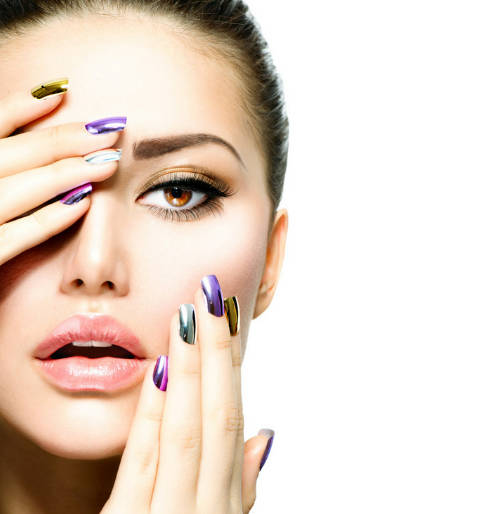
Wearable Nail: The Unexpected Surprise Winner of 2023
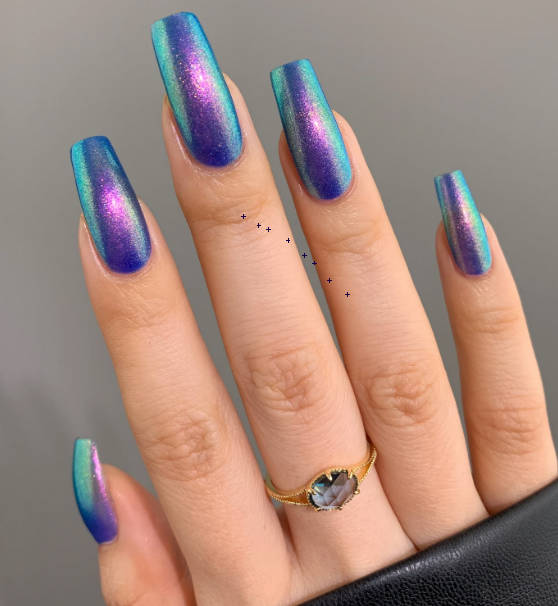
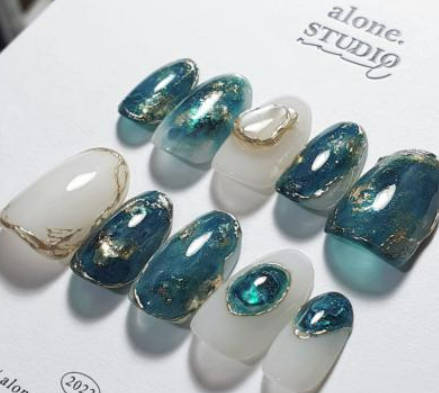
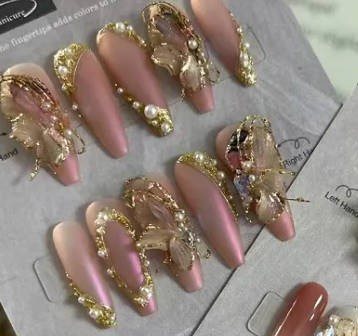
Table of Contents
The Rise of Wearable Nail
With the evolution of consumer preferences and the increasing awareness of beauty, the pursuit of aesthetic enhancement goes beyond mere facial features, hairstyles, and figures. People now exhibit a meticulous approach when selecting products that can enhance their beauty.
A popular saying goes, “Hands are a woman’s second face,” and in recent years, the nail industry has emerged as a new consumer trend that unequivocally supports this notion. Nail art has become an essential part of urban beauties’ daily lives and has garnered a substantial following on social media platforms. Countless posts discussing topics such as festival-inspired nail art styles, seeking advice on the best nail art designs, and tutorials on flaunting one’s nails have flooded the online sphere.
Increasingly, individuals are willing to invest in expensive nail art. This low-cost industry has surged in popularity and has now become a highly lucrative sector. However, a more convenient alternative to traditional nail art has emerged, capturing the attention of everyone—wearable nail.
Market Size
Wearable nail refers to reusable nail art pieces that can be easily worn and removed anytime and anywhere. This innovative concept offers greater convenience compared to traditional nail art. By breaking the barriers of time and space, wearable nail transforms nail art into a fashion statement akin to clothing. Individuals can effortlessly match their nail art to their preferences, facilitating continuous updates and iterations in their style.
The portability and easy-to-update features of wearable nails have made them increasingly popular. The nail art category can now reap the benefits of e-commerce, thanks to its integration with the internet. Major e-commerce platforms have witnessed soaring sales volumes, with the inclusion of wearable nails in their live shopping broadcasts becoming indispensable.
In North America, wearable nail has achieved an impressive penetration rate of 50%, and many users are willing to invest in this category. According to data from iiMedia, the nail market is projected to continue expanding over the next three years, with an estimated value of $37.76 billion by 2027. As Generation Z represents the primary consumer force in the new era, wearable nail caters perfectly to this demographic. Manicures serve as an external expression of personal aesthetics and attitude, and wearable nails provide a cost-effective and accessible way to indulge in self-expression.
The Benefits of Wearable Nail
Compared to traditional manicures, the most significant advantage of wearing armor is its affordability. In the United States and other Western regions, a manicure can cost around $60. However, a quick visit to e-commerce platforms such as Amazon reveals that a pair of wearable nail typically costs around $10, amounting to only one-sixth of the price of a manicure.
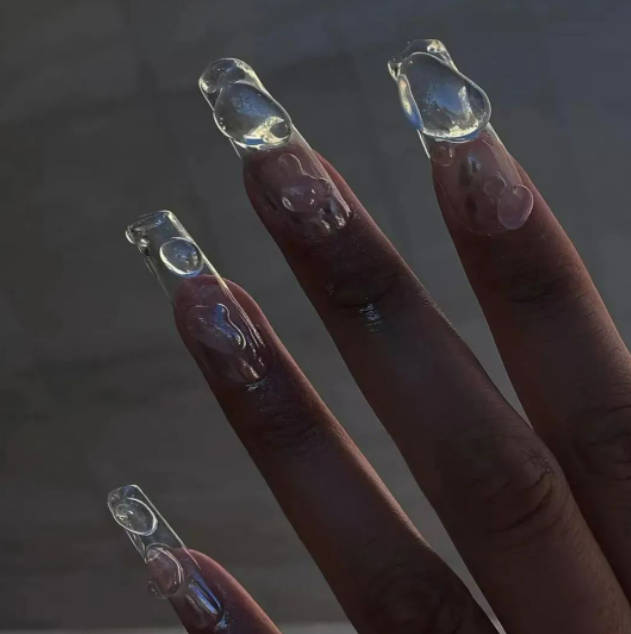
Wearable nail offers a customized experience, allowing consumers to purchase nails in the appropriate size based on their finger circumference. The one-time payment eliminates the need for additional charges for embellishments. Furthermore, a well-maintained pair of wearable nail can be reused, much like jewelry, providing further distinction from the traditional nail industry. This shift in the nail industry transforms it from a service-focused sector to a retail-driven market. With high-quality, affordable manicures that are easy to wear and change styles at will, the need for appointments and queues diminishes. Wearing nails has seamlessly transitioned into the realm of fast fashion, naturally leading to its widespread popularity.
Unisex, it’s a body revolution
Furthermore, nail art is no longer limited to women alone. In the past, the older generation regarded men’s interest in beauty as unmasculine. However, recent years have witnessed the rise of diverse aesthetics, enabling the popularity of men’s skincare brands and cosmetics. The perception of male aesthetics has evolved, and manicures are no longer exclusively associated with women.
A few years ago, the former design director of LV and Chanel launched the #malepolish movement on Instagram, encouraging the breaking of gender stereotypes and promoting nail art to men. This initiative garnered substantial support from male manicure enthusiasts who shared photos of their manicures online. Additionally, renowned global celebrities like G-Dragon and other male artists have been spotted flaunting nail art in public. The endorsement of such influential idols has injected new life into the already burgeoning nail art market.
Conclusion
In conclusion, if we perceive nail art solely as a service industry, its growth potential becomes limited. By embracing a new perspective and transforming the service-focused industry into a fast fashion retail sector, both the development space and market opportunities expand exponentially. Practitioners throughout the industry can seize the untapped potential of the wearable nail market and propel themselves towards resounding success in this ever-evolving landscape.




